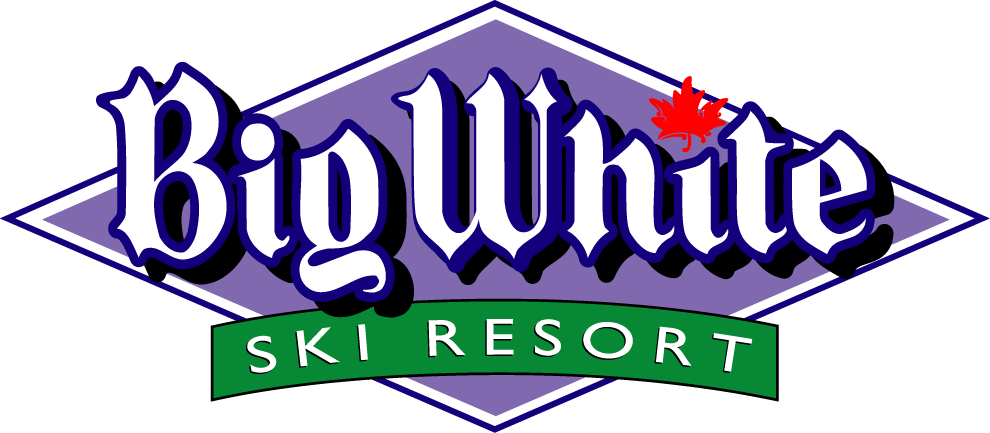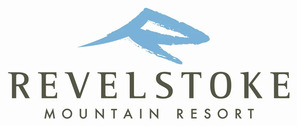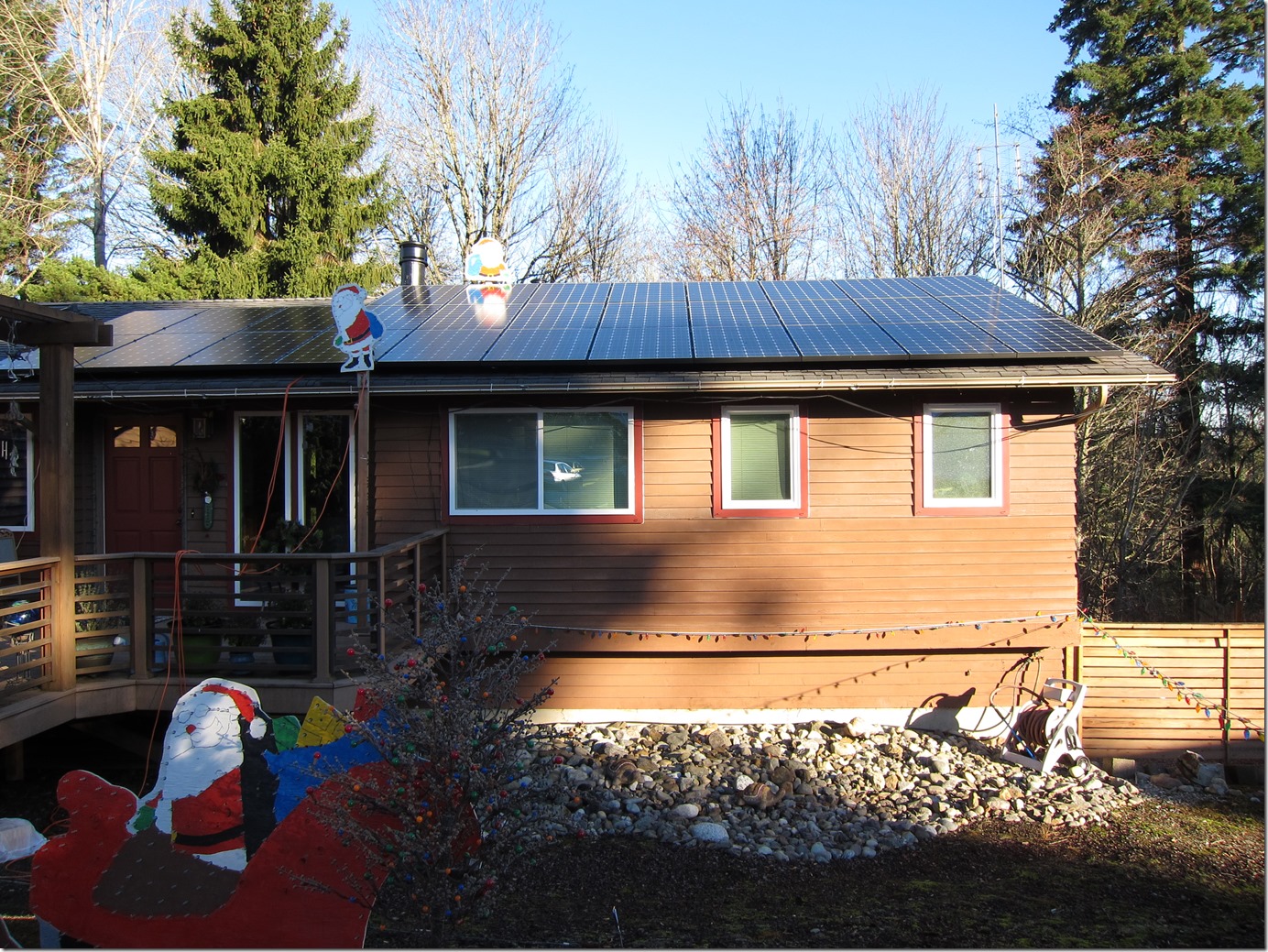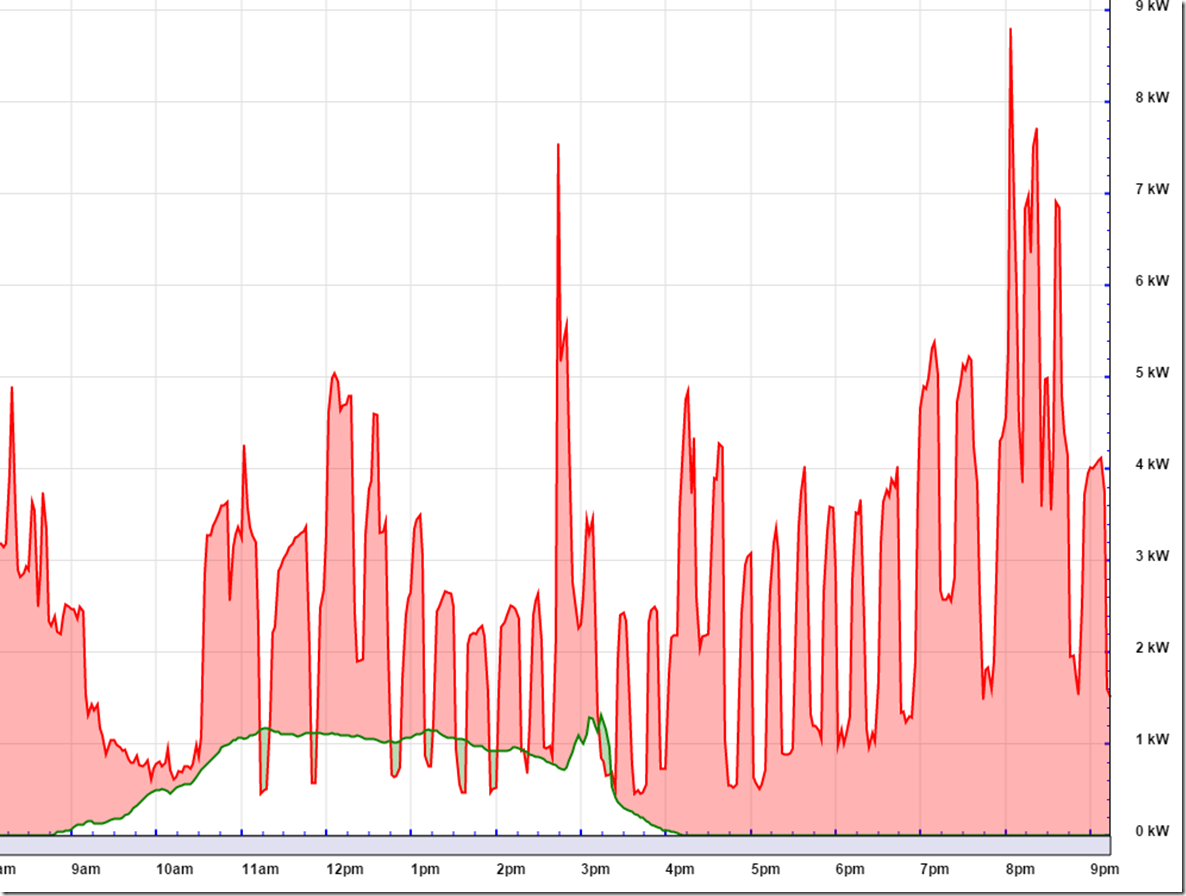Saturday, I participated in the Flying Wheels Summer Century, though I find myself compelled to point out that – despite the warm weather – June 4th is not, in any way, “Summer”.
It’s been 11 years since I did Flying Wheels. It’s not really one of my favorite rides because it has long flat sections, which I find a bit boring and tend to make my neck and butt hurt. It’s something like 30% hilly, 70% flat-ish. It’s also not a very hard ride, with only about 3500′ of climbing over 100 miles.
This year, however, due to a conflict in Duvall, they changed the route, and the mostly flat section from Snohomish to Monroe and back to the south has been replaced with a climb up by Snoqualmie Falls to North Bend, and the sprint back on East Lake Sammamish has been replaced with a section south of Cougar Mountain on May Valley road and a section north in Bellevue. It’s quite a bit hillier. And the end of the ride passes about 1/2 mile from my house, which meant I didn’t have to deal with parking or riding home after the ride.
I get ride leader points from leading rides for Cascade, so I decided to redeem some of my ride leader points for the ride.
The Monday before, on Memorial Day, I did the 7 Hills Metric Century and felt pretty good. Strangely good, so I worked hard on the ride and finished with very tired legs. The next night – on our Tuesday ride – I *still* felt good and my legs felt great, so I worked hard on that ride, too.
I consider myself to be a rather smart person, despite ample evidence to the contrary.
Wednesday morning was not pretty, nor was the much-flatter-than-usual Thursday ride I led, but I was hoping that I would be recovered by Saturday morning. If not… well, it wouldn’t be the first time that I modified a planned ride to make it shorter.
As is my ritual, I prepared for the ride Friday night by mixing two water bottles of Skratch, filling three snak-sized ziplocs with skratch powder, getting some other food ready, and developing a slight cough. And I went to bed and slept surprisingly well and woke up when my 5AM alarm went off. I got up, had some cereal, waiting to wake up, and got ready. Chamois butt’r on my chamois, sunscreen on my face and legs, PI sunshields on my arms, and various foodstuffs in my jersey pockets. I’m wearing my rails-to-trails jersey that is my favorite for long rides because it has absolutely massive pockets and it is a highly attractive yellow and blue.
Clicked into my pedals at 6:14 AM, headed out of the neighborhood, and descended down to Marymoor. On the way down I got cold, reminding me that this would be the last time today that I would be cold, as the forecast was for hot. I got to Marymoor, happy to be on my bike on such a beautiful morning, and especially happy that I was on my bike and could avoid waiting behind the hundreds of cars on the way in to park. I rolled past the start at 6:34, and rolled out the east side of the park.
I passed a few people, searching for a group for this section that doesn’t scare me. That requires a bit of explanation…
This is a big ride, and like all the big rides I’ve been on, there are differing levels of expertise – in terms of speed potential, bike handling skills, group riding etiquette, and attentiveness. This is also a tune-up ride for Cascade’s hugely popular Seattle-to-Portland ride, and therefore contains many 70 and 100 mile riders who have never ridden that far before. It’s a bit of a recipe for chaos.
My goal in this section is to find a spot in a group that seems reasonably sane, and after passing a few sketchy riders, I slot behind a woman wearing a white jersey, and we cruise south down East Lake Same at around 18-19MPH. My legs are okay, but I know that they generally feel okay on the flats, so my plan is to ride the first part of the ride pretty lightly, and then see how I feel.
After 3.6 miles and only a couple of incidents, we reach the base of Inglewood hill and start up. Inglewood climbs about 275′ up, and at around 9-10% gradient, it’s pretty steep. Like any climb, you want to find a route that is safe for you, safe for others, and lets you climb at your desired pace, but on Inglewood the speed ranges from the fast riders – who climb it at over 10MPH – riders like me (6.4 MPH in this case) – down to cyclists who are pedestrians for the hill, and finally to those who have stopped on the side.
I manage to navigate my way to the top with a minimal amount of assholery on my part, and things seem to thin out at the top where I pass “white jersey girl”. Just in front of me, there are two guys in RAMROD jerseys from a few years ago; that generally indicates both some group riding skills and a lack of common sense for paying to do that ride, but as a 4-time finisher, it’s not like that doesn’t describe me as well, so I ride behind them in stealth mode east across Sammamish.
Which brings up a bit of etiquette: Generally speaking, I should ask before drafting behind them, but there are so many people on Flying Wheels that it’s just assumed that drafting is going to happen. Three or four times I will look back and find somebody just hanging out there. This used to bother me, but since I’ve been leading rides for so long, it’s kind of comforting.
We cruise through a roundabout, do a few rollers (white jersey girl passes me), and then a nice descent down 228th to highway 202. A quick spin to the east, and we head up Ames Lake road. There are a lot of people on this climb; I pass white jersey girl – and about 50 other cyclists – on the way up, and she passes me on the way down, only for me to catch her on the run to the first food stop. This time, I pull up next to her and say, “Looks like we keep passing each other”, and she replies, “Yeah, it will probably keep happening all day”. If there weren’t so many people on the ride, I’d ask her to work with me, but companionship is not a problem and I’d prefer to be unencumbered.
At the food stop I pull over to open the sandwich bag of cheez-its in my right jersey pocket, stuff a few into my face, grab a Rocketlyte electrolyte pill, and wash it down. The Rocketlytes are electrolytes that are supposed to keep your stomach calm with ginger and mint. I’m just finishing my first bottle of skratch, and it’s not very warm yet, so I switch bottles and head out so I can keep ahead of the crowd. About 2 minutes in, I pass white jersey girl again, and head north towards Duvall, and head up Stillwater hill.
Oh, yeah, I decided to keep riding as if I’m going to do the century, because my legs feel pretty good. My neck and butt are pretty sore, but my legs are good, and they feel fine on Stillwater, even though it starts with a 12-13% grade for a bit. I head up, passing a few people, getting passed, and end up following the two RAMROD guys again. The loop ends up a lot shorter than I expect because I’m thinking it’s the usual one that goes farther to the North, but this one only has about half the distance because of the aforementioned Duvall festival, and I spend it sucking wheel behind the two RAMROD guys – who know how to ride in a group – and, unfortunately, green jersey guy, who does not. A quick descent puts us back on 202, we head across the valley, and turn south. We are going at about 18-19MPH, which make me a bit impatient, so I hop to the front and pull the group back to the food stop at 21-23 MPH. I have paid back a bit of my kharmic debt, and I stop to refuel, mix a couple of additional bottles, and take a nature break. In the time it took me to do that Duvall loop, approximately 7500 century and 70 mile riders have arrived, and the stop is a madhouse. The real challenge is finding a place to put your bike, but after that, things are fine and I get a nice oatmeal raisin cookie. In 10 minutes, I am back on the bike again, heading south towards the climb in North Bend. For some reason, my power meter stopped working right at the stop, so I’ll have to go old school and base my riding on how I feel. I head south through Carnation, turn on Tolt, and then turn onto the river road.
I’m at a comfortable 19MPH on this road, and realize that I have somebody drafting me. That is – as I said – perfectly okay on this ride, but for this section, it’s really nice to have somebody to help out. I slow down a bit to see if he will come up next to me and we can decide to work together, and he rides off into the distance. About 30 seconds later, a paceline passes me at around 21 MPH, I hear a, “Hi Eric”, see one of the guys that rides with my group, and decide to catch up and latch on to that group. The guy in front is a bit of an animal, so we are holding about 21 or so into a headwind. This section features six 90-degree turns, and the paceline is disciplined so it is of fun to work at taking the turns safely as a group without losing too much speed. We turn left on 202 and roll into Fall City, the next stop. I stop long enough to take a couple more Rockeylytes and head out again.
The normal route I take here is to just ride the highway, but we take a side trip on Salmon Hatchery road before we head up the Snoqualmie Falls climb. I’m conflicted by this routing; it’s nice to skip the highway, but the road is all chipseal which is more than a bit annoying. After a nice rest in the middle of the paceline, I’m feeling pretty good, so I turn up the speed a little on the climb, and start passing people. Then something happens that I used to think was weird, but have since encountered it enough that it doesn’t surprise me any more.
The route pretty much empties; I am riding about 10MPH for about 6 minutes up this hill, and I only pass 5 or 6 riders. I’ve had times on RAMROD where I swore that I made a wrong turn because I didn’t see anybody for 15 minutes. Not quite the same thing here, but it’s still a little eerie.
I ride into North Bend, and then we head North (North North Bend?), riding through the farmland with Mt. Si on the right. The setting is bucolic and the environment is wonderful, but I’m feeling cranky because my butt, neck, hands, and feet are hurting, and I’m getting a bit of a headache. I therefore formulate a plan of what I shall do after I descend, and this plan – this glorious plan – is what keeps me going. Though this part is fairly flat, I haven’t found a group to ride with, so I do it solo, passing individuals, trying out the pace of a few people, and getting passed by other solo riders. I finally hook onto a paceline of about 15, and just as I settle in, we are back to the highway and descending back down the highway. So, not much help there.
Unlike my trip up, the climb is now packed; there are at least a couple of hundred riders on the climb as I head down. Near the bottom, I get caught by Mike, who I rode 7 Hills with and who is quite a bit faster than me. We talk for a while, ride into Gold Bar, and he rides ahead while I stop at the market to put my plan into action. A quick purchase, and I ride to the food stop, which only has about 150 cyclists there. I thankfully find a bag of sour cream and onion Sun Chips, walk into the shade, unscrew the top on my purchase, and drink deeply.
The taste of ice-cold Coke Zero flowing down my throat is exquisite, and it only takes me about 5 minutes to eat the chips and finish the 20oz bottle. I mix up two more bottles of skratch, take another RocketLyte, and head out again. We are headed to a hill that I like a lot, because it is a bit of a bastard – Fall City Issaquah. We take what I think of as the back route, and along the way, I talk with a few people. I get slowly passed by a guy playing music on his phone, and ask him to slow down so I can have music. For some reason, he does not comply.
The route is littered with slower riders, because this hill is climbed by all three routes –40, 70, and 100 miles – and it is a significant challenge for many of the 40 milers. Hell, it’s a challenge for a lot of century riders. A quick descent, and then we turn left onto the main climb, which is about 10% gradient, It flattens, kicks up about 12%, momentarily flattens, and kicks up to 14%. Then it flattens for a bit, turns and kicks up, flattens, kicks up, turns, flattens, and kicks up again. Then, after the crest, you get a really nice fast descent, only to find that there is another 100′ to climb. As I said, it’s a bit of a bastard, but I really like that sort of hill and I feel good on it so I push the pace again. On the last little climb, I come to a group that is seriously not having fun, and I remind them that we all paid good money to do this. This is technically not true in my case, but I feel that a detailed explanation of ride leader credits and their utilization is probably beyond the scope of a relationship that has not even reached the first stage of “acquaintance”…
A quick right and a quick left has us heading West again, and I catch a group of three. There is a guy at front holding a nice pace, a guy behind riding well, and then, in front of me, there is a guy who doesn’t know how to group ride. He will spin for 8 or 10 revolutions, and then coast. 20 revolutions, then coast. 6 revolutions, then coast. It is maddening because every time he coasts, I need to adjust my speed down in case the whole group is slowing, and then smoothly close the gap that opens when it turns out that isn’t true. He does this for the next two miles, at which point I am saved from further annoyance as he and the other two guys jump a queue of cars waiting so they can dart in front of a car already in the roundabout, winning my award for the top dickish move of the day.
A fast descent and ride takes us through Issaquah to the next food stop, a very uneventful section except for the distinct lack of response I got when I asked if anybody wanted to join me for a quick trip up Squak Mountain (a nice 1000′ climb that has a bunch of 15% sections). I really expected that joke to do better.
This food stop is only used by the century riders, and therefore it only has about 40 people. I flip my remaining skratch bottle to the front, refill a bottle with water, and soak my sun sleeves, jersey front, and head in water. Another RocketLyte + some cheez-its, and I head out again. We head east to a section that has a bit of climbing and is a bit roller-y. I’ve decided that I probably will ride this solo, when a paceline passes me. I try to chase but get a bit bogged down, drop off, but then the paceline slows up a little hill and I catch right up again. Apparently, I am fast enough to stick with them, so I stick with them for this whole section, feeling a bit bad because I am not helping, but the guys at front aren’t very well organized and I can’t work into the rotation, so we travel along and I wheel-suck all the way to Factoria.
Then it’s up the hill, through a few neighborhoods, across into Bellevue College, and then a quick trip to the East to the last food stop. There is only 10 miles left, so most of the group just continues, but I need to rest and cool off.
This food stop exists primarily for the 25-mile riders, but they went through long ago, so when I pull in the number of riders at the stop (5) is outnumbered by the number of volunteers (6).
They have massive amounts of food left; I eat a couple of cookies and 4 or 5 orange slices, get a bottle of Nuun and a bottle of water, wet my clothes down, and take stock of my situation…
It’s something like 5 miles to my house with only small hills, and I’ve done this ride feeling way worse than I do now. My head and neck are quite painful, as are my wrists and feet. Interestingly, my butt doesn’t feel bad; I rode the second half hard enough that it took some weight off and made that tolerable. This ride is totally unremarkable except for catching another guy who rides with us sometimes and talking with him until it’s time for me to turn off.
Stats:
| Distance |
106.4 miles |
| Riding Time: |
6:14:17 |
| Average Speed: |
17.1 MPH |
| Elevation Gain: |
4880′ |
| Calories: |
3500? |
|
|
For me, that’s a pretty fast century. I went and looked, and in 2005 I did the other route and averaged 18MPH, but that was a much flatter route and had more paceline opportunities.
The RocketLytes that I used – I don’t know if they work or not, but I can say that the only point my stomach was even mildly upset was when I drank some Nuun after the last rest stop, so I am definitely going to keep using them.
Overall, a nice route and a pretty good ride.















